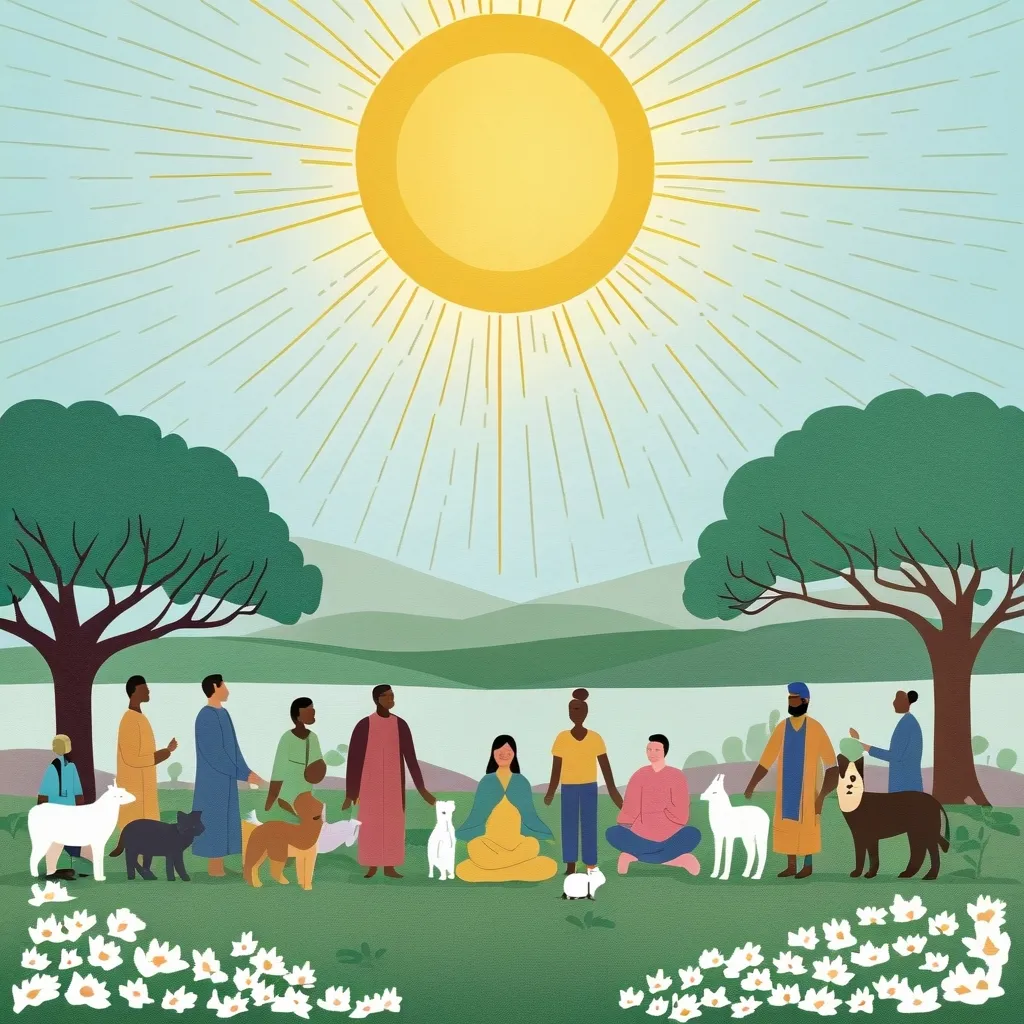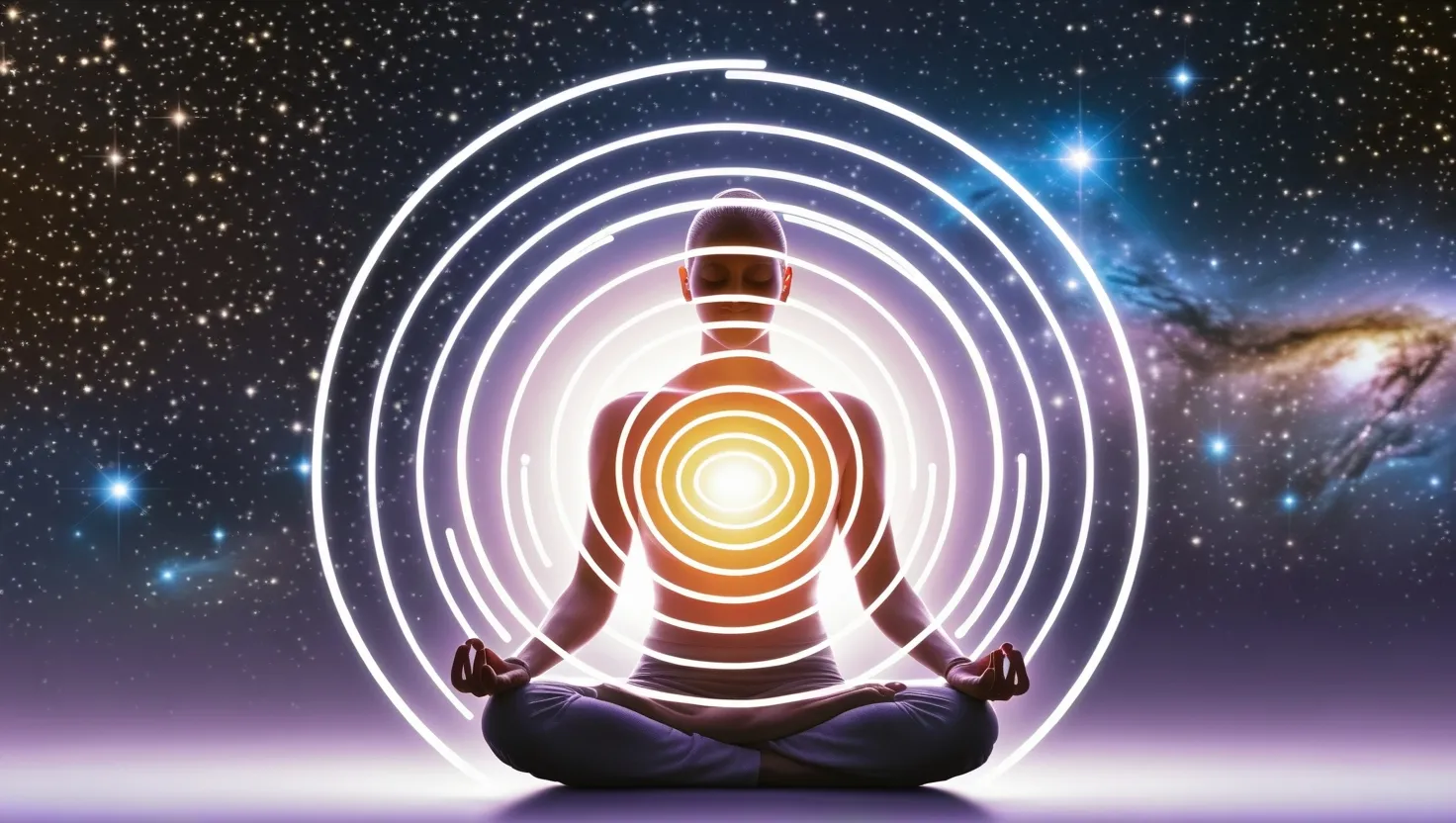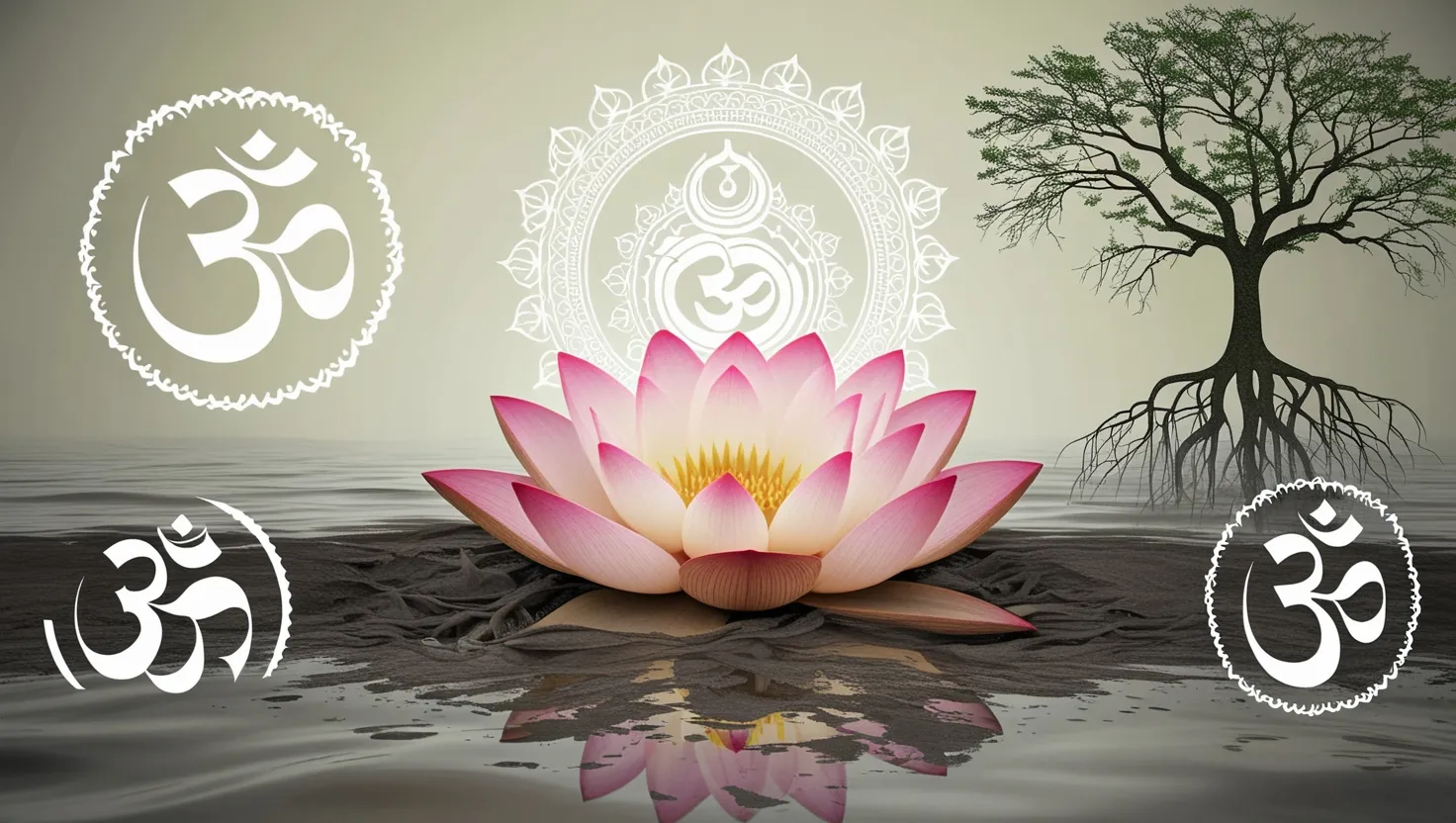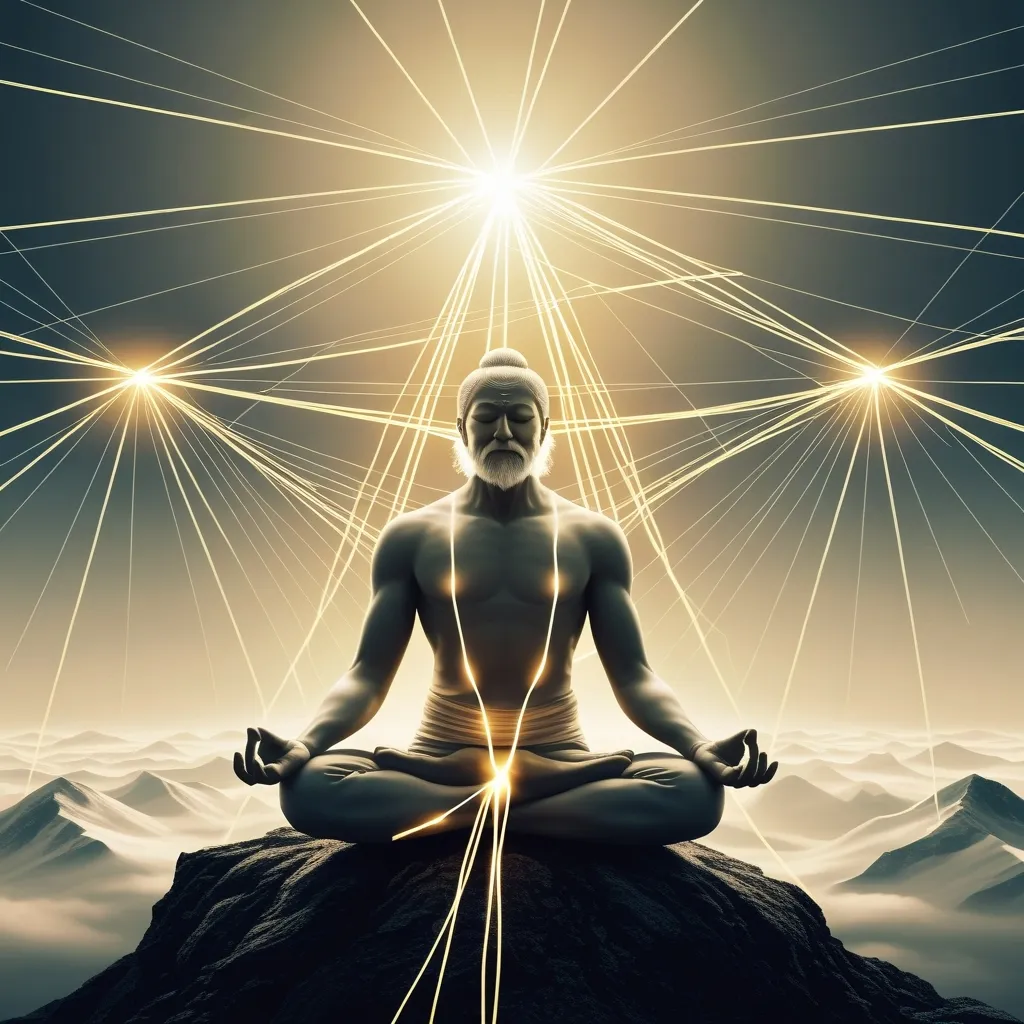In the grand tapestry of Indian philosophy, there’s a thread so profound it holds meaning not just for individuals but entire societies—the principle of Ahimsa, or non-violence. This isn’t merely some ancient notion tucked away in the dusty pages of history but a living, breathing influence coursing through Hinduism, Jainism, Buddhism, and Sikhism. It has leapt across continents, shaking up movements advocating for peace, giving animals a voice, and promoting vegetarianism. Let’s just say, Ahimsa is much more than just doing no harm; it’s about living harmoniously with all earthlings.
Ahimsa, plucked from the Sanskrit word which means “not to strike,” stands as the direct contradiction to harm. It’s a lifestyle, not a set of rules scribbled in a booklet. Ahimsa means transforming our actions, thoughts, and words into forces that nurture rather than wound. It’s about recognizing a spark of the divine in everyone and everything, which is a pretty poetic way of promoting universal love, don’t you think?
Throughout history, Ahimsa has been polished and expanded upon by spiritual giants. In Jainism, it’s such a big deal that it’s part of the Pancha Mahavrata, their VIP list of vows. Mahavira, the last big name in Jainism, muscled up the idea during the 6th century BCE, pushing it into the consciousness of the Subcontinent. But Hinduism didn’t snooze on this either; epic blockbusters like the Mahabharata and the Ramayana chew over the virtue extensively. Even Thiruvalluvar took a stab at Ahimsa, intertwining it with moral vegetarianism.
Now, if there’s a modern champion of Ahimsa, it’s undoubtedly Mahatma Gandhi. The man didn’t just talk the talk; he invented a new path using Ahimsa as his compass. Gandhi’s non-violent resistance, Satyagraha, wasn’t about just being meek. It was a powerful, dynamic force, a form of armor against colonial oppression and social inequality. For Gandhi, Ahimsa wasn’t a passive thing; it was an active pursuit of truth and justice, a vigorous energy pushing us toward a better world.
But listen—Ahimsa isn’t reserved for grand stage performances or political movements. It’s woven into the moments of our everyday lives. Think of it like a gentle reminder to avoid not just the big, physical sorts of violence but sneaky little things like angry thoughts or biting words. Gandhi said it takes humility and selflessness—virtues not easily remembered in our go-go-go society—to truly practice non-violence. It’s a tall order but oh so rewarding when embraced fully.
Gandhi, however, didn’t hoard his wisdom within Indian borders. His way of wielding Ahimsa inspired global leaders, from Martin Luther King Jr. battling for civil rights in America to Nelson Mandela fighting apartheid in South Africa. Beyond these big names, the core of Gandhi’s teachings underscores global efforts for Social Justice, solidifying non-violence as an unshakeable foundation in our citizenship education. It’s like a masterclass in compassion, where not only justice but a sense of world community takes center stage.
Speaking of the community, animals get a spotlight in the realm of Ahimsa, too. Our furry friends aren’t left on the sidelines when it comes to this compassion train. The principle gives a big thumbs up to moral vegetarianism, nudging us to avoid harm toward animals. In religions like Jainism and Buddhism, the act of saving animals even scores you karmic brownie points. This aspect of Ahimsa has been a backbeat for modern animal rights movements, urging us to treat all creatures with kindness and reverence.
This doesn’t come without its hiccups, naturally. The real world is a tangled mess, and applying Ahimsa can sometimes make people scratch their heads. When you’re facing confrontations like war or self-defense scenarios, sticking to Ahimsa seems as challenging as riding a unicycle on a tightrope. Ancient Hindu texts don’t shy away from these issues; they discuss just wars and ethical self-defense. The rules seem to be: fight only when it’s the very last option, do it with righteousness, and treat the battlefield like sacred ground where honor must never falter.
Even in the war context, some clarity is found. Ahimsa doesn’t endorse shrinking from conflict. Instead, it suggests a balance, a discerning approach where excess force is shunned, compassion is exercised, and no harm comes to those who are defenseless. These traditions have inspired contemporary takes on how we should conduct ourselves in war and self-defense, underlining a moral backbone even when faced with conflict.
Buddhist views touch upon Ahimsa as part of their Five Precepts—a kind of moral compass for life. The precept against killing stretches beyond just a rule; it’s a life ethos for monks and laypeople alike. The risk of accruing bad karma from violence provides a self-check system, guiding adherents to choose peaceful trades and nurture life, accumulating merit through positive deeds. Thus, Ahimsa in Buddhism is not just a human affair but one that aligns humans with all living beings and the natural world.
At the heart of the world stage, Ahimsa serves as a conduit for global citizenship. It cultivates a collective consciousness that says no to violence and human rights abuses. Global Citizenship Education aims to knit non-violence, understanding, and universal belonging into the very fabric of learning environments. It’s a shared human adventure where Gandhi’s view of patriotism blends seamlessly with the broader human good, advocating for educating well-rounded individuals aware of their rights and responsibilities globally.
In the grand scheme of things, Ahimsa stands as this enduring, beaconing force from ancient origins to modern applications. It’s more than a relic of old wisdom; it’s an ongoing call to action. Whether it’s inspiring peace marches, prompting a vegetarian meal, or encouraging a kinder word, Ahimsa remains rooted as a profound pathway towards compassion, humility, and a universal embrace. As we steer through the challenges life presents today, it’s this principle of Ahimsa that whispers promises of a more harmonious world where every living being holds its rightful place under the sun.






